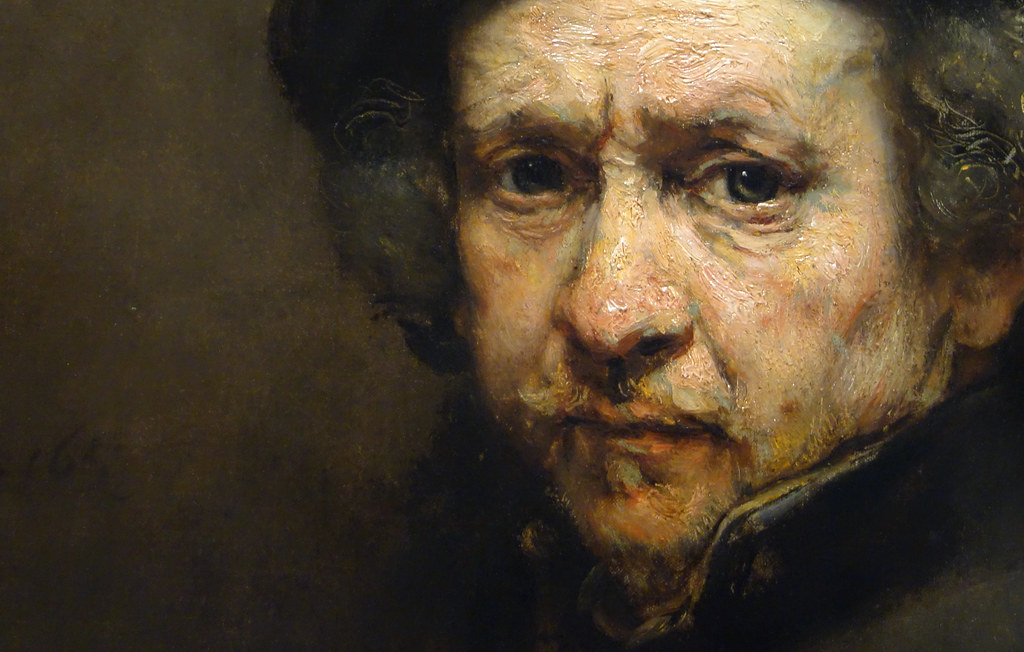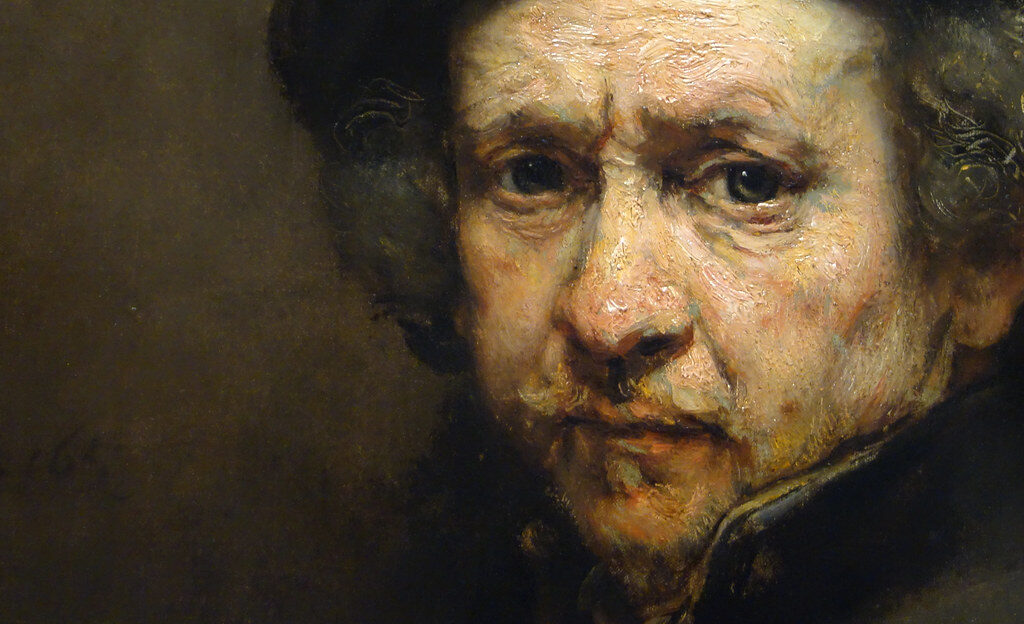AI is being trialed as the latest tool against art forgery thanks to its algorithms that excel at analyzing images and recognizing patterns. It could help investigators identify fake artworks that escape human scrutiny. And save millions of dollars being spent on fraudulent pieces.
Disputed Artworks
The discovery of a long-hidden masterpiece by a famed artist is always a cause of great excitement. But it is also often a story riddled with doubt, difficult decisions and u-turns. The jury is still out, for example, on La Bella Principessa. For some, it is a priceless Leonardo da Vinci painting. For others, it’s just an excellent copy worth around $20,000. There is a classic fairytale story behind its discovery. An art dealer casually comes across the piece in a drawer of a friend’s house. He is shocked to recognize it immediately as of the great Renaissance master and proclaims the incredible uncovering of a lost da Vinci. But many art historians and experts refuse to accept the attribution.

It is a debate that could drag on indefinitely, considering the difficulty of determining the authenticity of a work of art. Scientific analysis may be able to establish the age of a painting. It can also study in great detail the painting materials and subsurface elements. But this then needs to be combined with expert scrutiny of style, execution and technique. Often, even after all this, no definite answer presents itself.
AI Hunts Art Forgeries
Now, a couple from Massachusetts are pondering whether AI technology could provide a helping hand. Steven J Frank works as an intellectual-property attorney and has recently achieved a graduate certificate in artificial intelligence from Columbia University. His wife Andrea M Frank is a professional curator of art images. Using their combined expertise, the pair decided to see whether convolutional neural networks (CNNs) could be applied to art authentication.
To train a CNN, it is necessary to feed it bulk loads of images. This was an initial stumbling block for the couple as such a large number of paintings from a single artist simply don’t exist. Their solution was to break up artworks into sections so as to create many more “training tiles”. These painting fragments often overlapped, but that didn’t seem to be a problem. “Often when training a neural network, quantity is quality,” Steven J Frank writes in IEEE Spectrum.
Reviewing Rembrandt
To begin the experiment, Frank settled on paintings by the Dutch master Rembrandt. To teach the CNN to distinguish between original and fakes, both real Rembrandts and works by other artists were necessary. Andrea M Frank selected a range of non-Rembrandt paintings “ranging from some that were very close to Rembrandt’s work to ones that were evocative of Rembrandt but readily distinguishable from the real thing.”

The selection consisted of 76 images of Rembrandt and non-Rembrandt paintings. Results from this trial turned out to be very positive. “Our five-layer CNN learned to distinguish Rembrandt from his students, imitators, and other portraitists with an accuracy of more than 90 percent,” writes Steven J Frank. When experimenting with Van Gogh paintings, the AI was similarly accurate.
With proper training, this technique can also determine the probability that sections of the canvas were the hand of the artist in question. It demonstrates areas of a painting that are more or less likely to have been the work of the master. This is particularly useful for artists who commonly worked with assistants or for restored paintings.
Debating da Vinci
After several experiments with Rembrandt and Van Gogh, the Franks felt ready to take on a big challenge. They decided to tackle Leonardo da Vinci’s Salvator Mundi which sold for $450.3 million in 2017. Doubts remain over the painting’s provenance and sections that may have been the work of a follower. The results of the CNN echoed these concerns. “Our results cast doubt on Leonardo’s authorship of the background and blessing hand of Salvator Mundi. That accords with the painting’s extensive restoration, which involved complete repainting of the background. And as noted, experts disagree sharply over who painted the blessing hand,” Frank writes.

Bolstered by these successes, the couple is considering taking a leap of faith. Their CNN affirmed strongly that one Rembrandt painting they analyzed, The Man With the Golden Helmet, was indeed by the Dutch master. However, since 1985 the painting has been classified as by a painter from the “circle of Rembrandt”. If the CNN continues to demonstrate high accuracy rates, it could also begin to contend with scholars. Frank writes, “We hope that, one day, the old warrior’s demotion will be reconsidered.”





